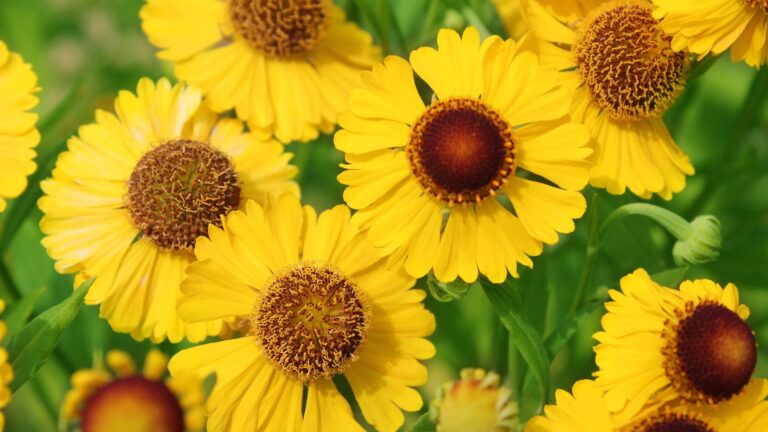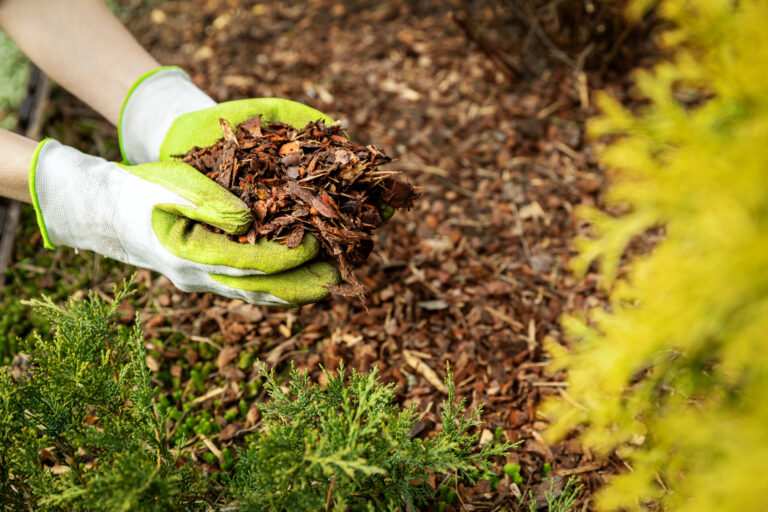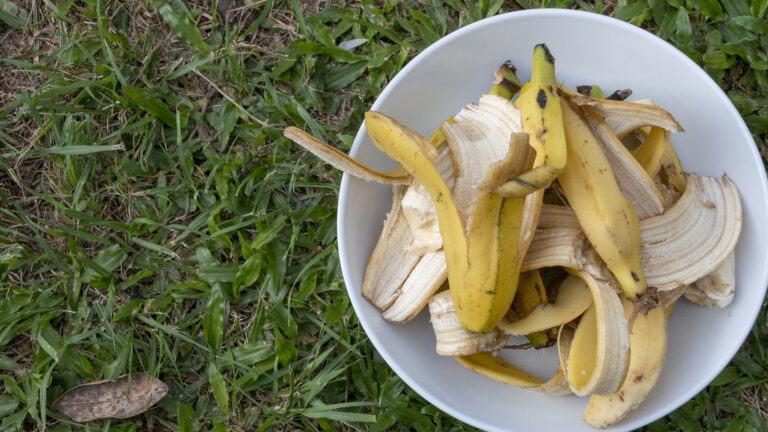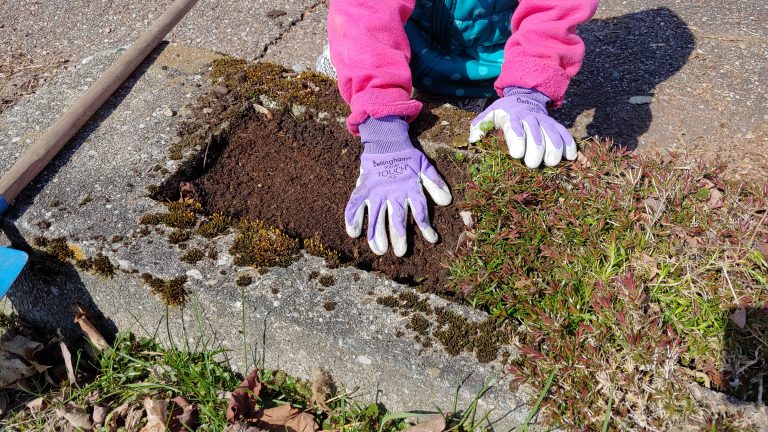This post may contain affiliate links.
As the days get shorter and the temperatures start to dip, it’s time to start thinking about preparing your vegetable garden for the winter. By taking some simple steps now and following our fall garden checklist, you can ensure your garden is healthy and productive come spring.
Some call this process “putting your vegetable garden to bed,” which is a great metaphor because we all know that a good winter’s rest will replenish your garden to be ready for action in the spring!
Fall Garden Checklist
We’ve presented these fall vegetable garden tasks in the order that you’ll most likely do them, but of course, you can do them in an order that makes sense to you.

Plant Fall Crops
Wait – before you start putting your garden away, don’t forget that there are several vegetables that you can plant in the fall – both for a late fall harvest and a spring harvest.
These hardy vegetables, such as radish, spinach, and kale, can withstand colder temperatures and extend your harvest season by a few months. Planting them now will give you a fresh crop of veggies in late fall. Check out our article on Planting a Fall Garden for more information!
Harvest Final Veggies
As summer ends, be sure to harvest any remaining vegetables from your garden. This includes tomatoes, peppers, eggplant, and squash. If you have veggies past their prime, don’t throw them out! Instead, compost them to nourish your soil for next year’s plants.
If you have vegetables that aren’t quite ready yet, consider covering them with a covered raised bed row cover to help protect them from frost. Have a bunch of green tomatoes? Harvest your green tomatoes and follow these tips for helping them to ripen.
Preserve the Harvest:
If you have more vegetables than you can eat fresh, preserving them is a great way to enjoy them all winter. Canning and pickling are two popular methods of preservation.
However, if you don’t have the time or equipment for canning, simply freezing your veggies is a quick and easy way to keep them fresh.
Plant Garlic
Fall is also a great time to plant garlic. This beloved crop is relatively low maintenance and can be used in many delicious recipes.
Garlic is planted in the fall, and come spring, you’ll see the green sprouts pop up as one of your first vegetable garden crops. Our guide to growing garlic has all the info you need to plant this favorite (and easy!) allium crop.
Clean Out Garden Beds
Once you’ve harvested your veggies, it’s time to clean out your garden beds. You’ll want to remove dead plants and weeds so that they don’t take up valuable space or harbor pests over winter.
However, to replenish the soil in your garden, consider cutting the stems of your veggies at the soil line and leaving the roots. They’ll decompose over the winter and nourish the soil.
You can put most of the weeds and plants you remove from garden beds into your compost pile, but if any of them are badly diseased, consider placing them further away from your garden or in the trash so that the disease does not carry over into the spring.
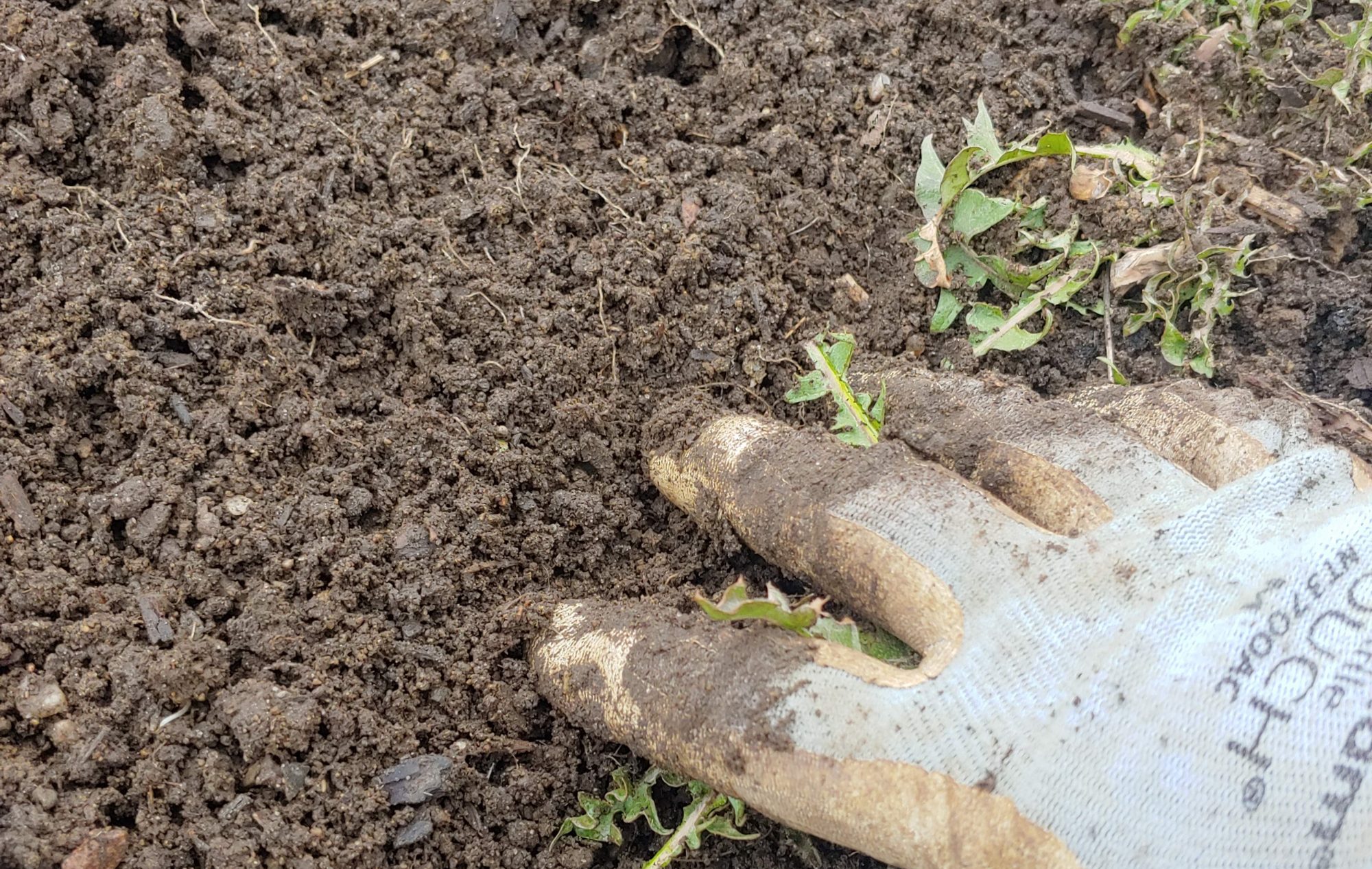
Amend Garden Soil
If your soil looks a little worse for wear after a summer of planting, amending it with organic matter is a great way to boost it. You can test your soil to see what it needs or spread a layer of compost or manure over your garden bed and dig it about six inches deep.
This will help improve drainage and aeration while adding important nutrients to the soil. Giving the compost the time over the winter to settle in will prepare your beds for spring.
Mulch
Mulching is another great way to nourish your garden beds in winter. Spread a layer of mulch (straw, leaves, grass clippings, etc.) over your garden beds before the first frost hits.
The material will decompose over the winter, adding nutrients to your soil. Plus, this coverage will help to prevent weed growth before frost hits. Come spring, you can simply turn any mulch products over into your soil using the no-till garden methods. For more info on mulch in garden beds, check out this related article.
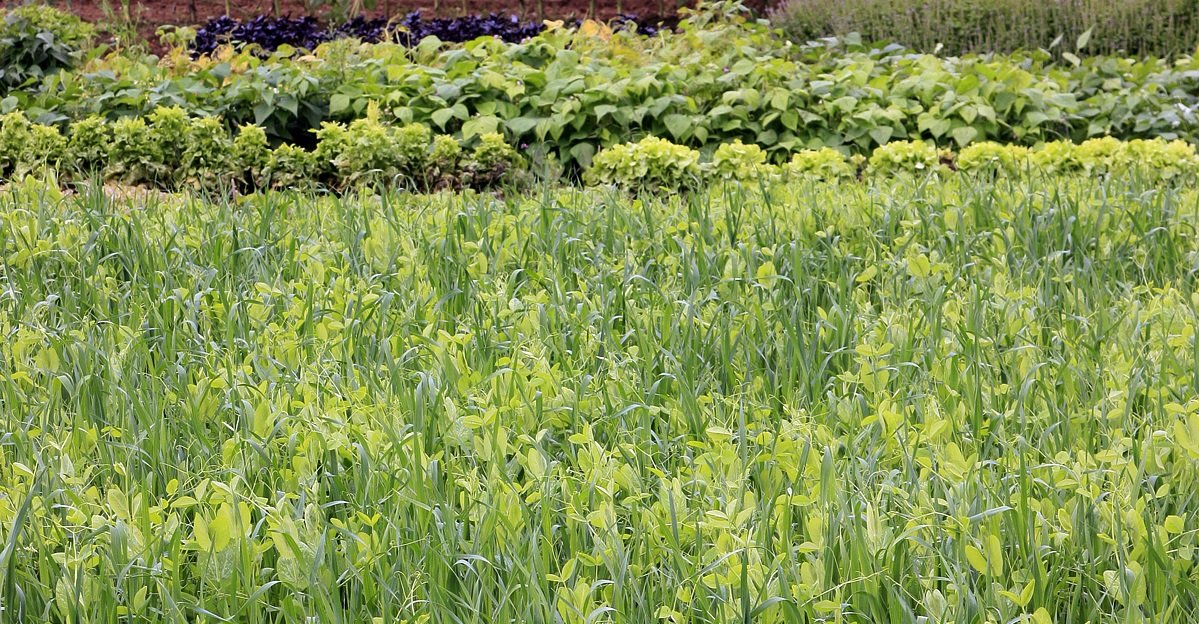
Plant Cover Crops:
If you want to advance your garden beds this winter, consider planting cover crops. Cover crops are plants that are grown to protect and enrich the soil. They help to prevent erosion, add nutrients, and improve drainage.
Plus, they can provide valuable organic matter to your soil when turned over in the spring. Common cover crops include alfalfa, winter wheat, rye, and triticale.
Put Away Cages, Stakes, and Markers:
If you want your tomato cages, bean stakes, and garden markers to last for many years, then put them away so they will not get rusty and damaged over the winter. Store them in a covered corner of your garden, shed, or garage.
Protect Fruit Trees and Bushes from Pests
The arrival of winter means many animals will be looking for that last bit of green in your garden. Be sure to protect fruit trees, bushes, or any remaining vegetables in your garden from pests by covering them with garden fabric or wrapping them with fencing or wire.
Clean Garden Tools
Be sure to clean all of your garden tools before putting them away for storage. This includes removing all dirt and debris, oiling metal parts, and sharpening blades.
This will help to avoid rust and damage over the winter and will also ensure that any diseases that were transferred to your tools when cleaning out the garden do not over-winter and show up again in spring.
Drain Hoses
Frozen hoses are no fun! To prevent this from happening, be sure to drain all water from hoses before storing them away for winter. The same applies if you have set up irrigation, rain barrels, or other water supply systems for your garden. Ensure that these systems are drained and empty before storing them for the winter.
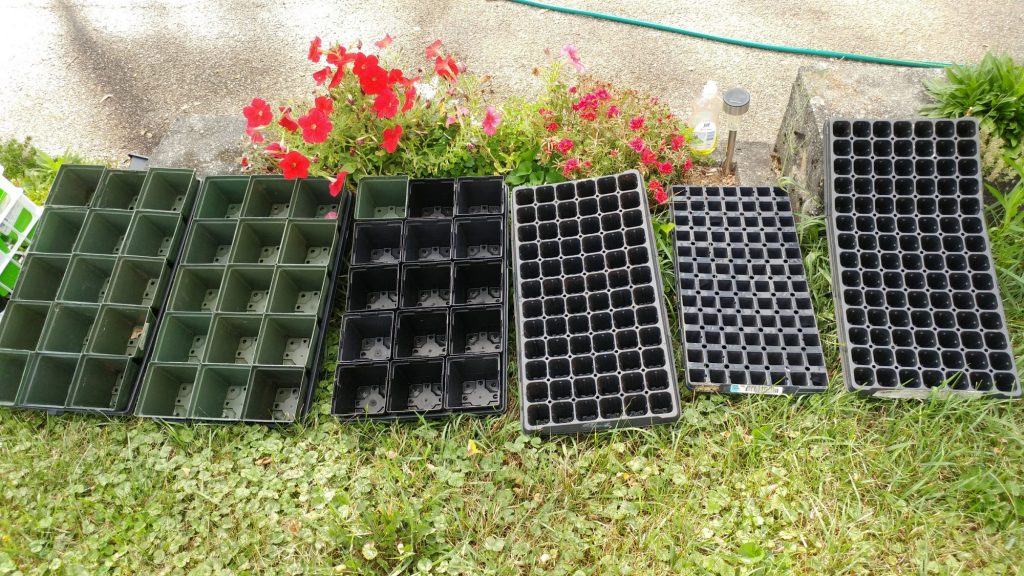
Clean & Prepare Seed Starting Equipment:
If you plan to start your seeds indoors this winter, now is the time to prepare your seed-starting equipment. This includes cleaning pots, trays, heat mats, and sterilizing tools.
Do this now while the weather is warm enough to work outside, and there might still be enough sun to help sterilize your equipment. For complete directions on cleaning and preparing seed starting equipment, check out this how-to article.
Document in Your Garden Journal
Don’t forget to document everything you’ve done in your garden journal! This will help you keep track of what worked well this year so that you can replicate it next year.
It will also help you remember what didn’t work so well to avoid making those same mistakes again. Need a garden journal? Check out our downloadable garden journal.
Taking time now to prepare your vegetable garden for winter will pay off big time come springtime. Following the simple tips in this fall garden checklist ensures that your garden stays healthy and productive for years.
Carrie Williams Howe is an educational leader by day and an aspiring homesteader by night and weekend. She lives on a small homestead in Vermont with her husband, two children, and a rambunctious border collie. She blogs about her family's homestead life at The Happy Hive.
